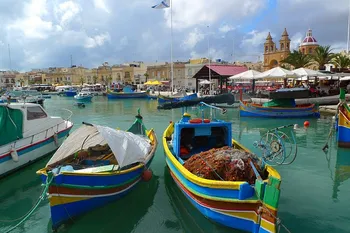To significantly advance the following development actions:
- IR-5-04 Airborne capabilities for supporting reducing ATM environmental footprint. This includes wake energy retrieval (WER), energy-based operations, and environment driven trajectory optimisation, etc.
- IR-3-08 Geometric altimetry.
The following list of R&I needs is proposed as an illustration of the potential project content, but it is not meant as prescriptive. Proposals may include other research elements beyond the proposed research elements below if they are justified by their contribution to achieve the expected outcomes of the topic and are fully aligned with the development priorities defined in the European ATM Master Plan.
- Environmentally driven trajectory planning
Research aims at developing technologies and operational concepts to allow the planning of more optimised trajectories by considering both CO2 / non-CO2 effects in the aircraft trajectory planning. Research shall assess the need and if required develop sufficiently accurate models (e.g., aircraft performance, climate impact, etc.) to support efficient trajectory optimisation. Research shall integrate different inputs (e.g., CO2 emission profiles, eco-sensitive regions (i.e., regions where non-CO2 effects (e.g., contrails, NOx, etc.) are significantly important), aircraft dynamical models, and define potential optimisation algorithms for trajectory planning. Airline trajectory optimisation plays an important role on the global environmental mitigations. However, and since
...


